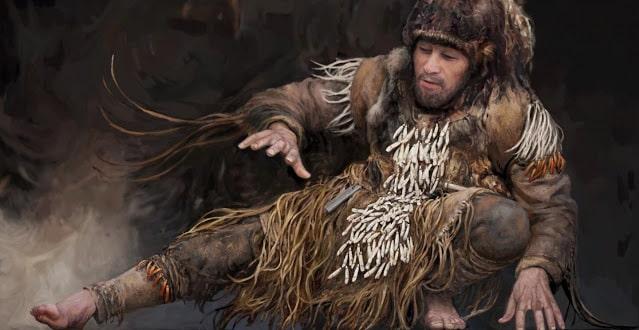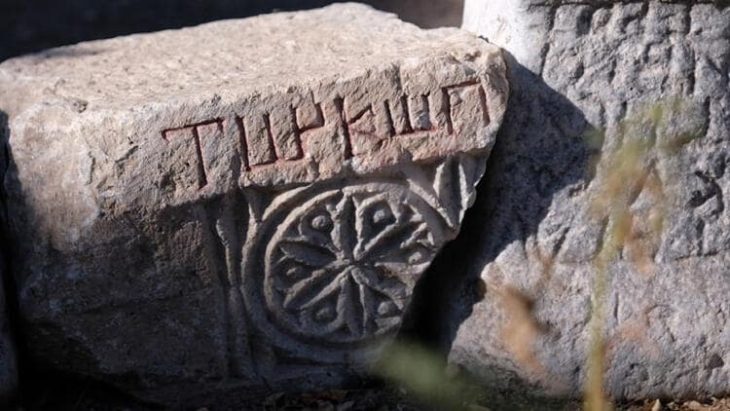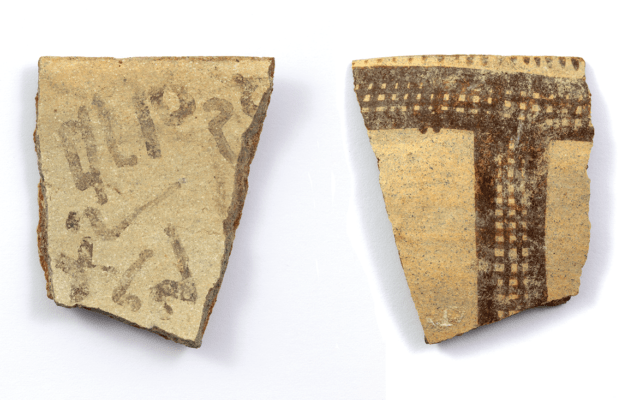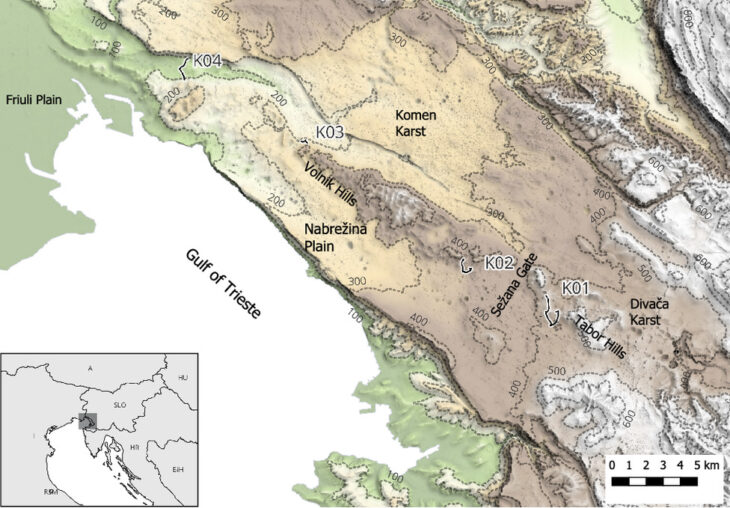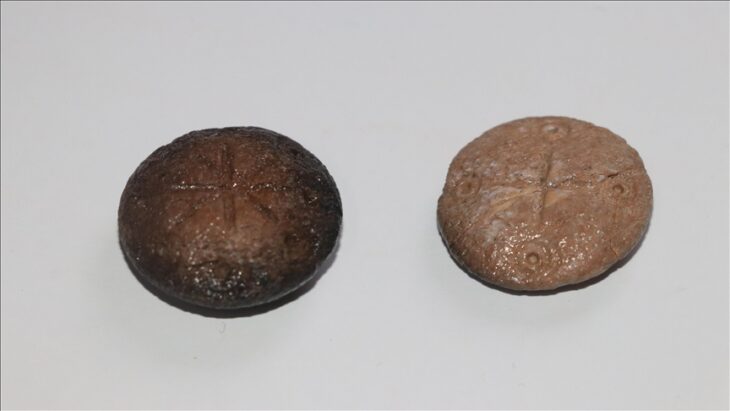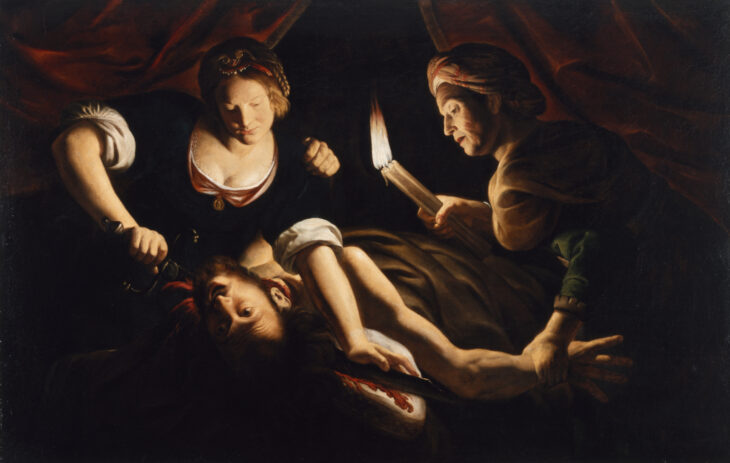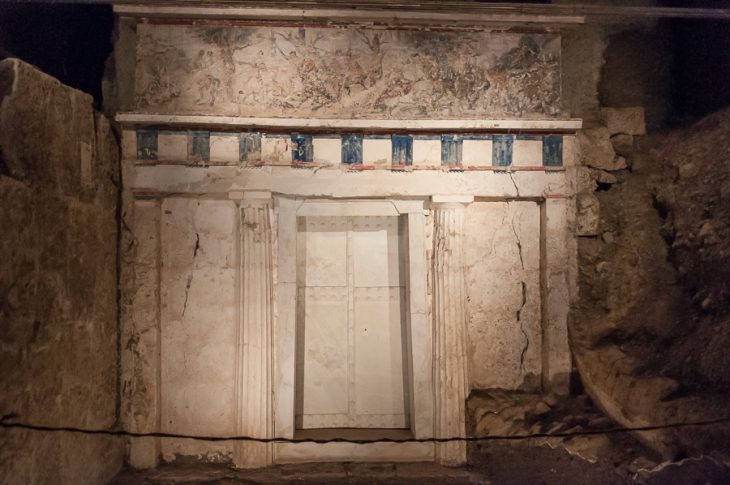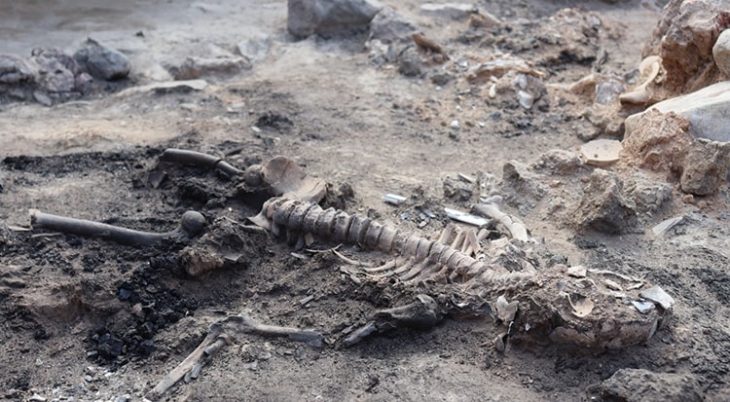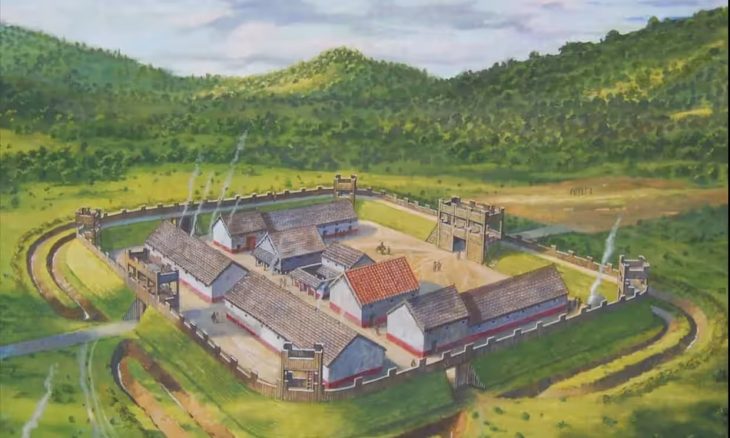A metal detectorist has discovered a 3,000-year-old part of a twisted gold torc in a field near Mistley, on the River Stour in Essex, UK.
The gold torc has been examined by experts and declared a treasure by a coroner. It is the “first-ever” torc “reported as treasure from Essex.”
Torcs were ostentatious neck rings clearly marking the high social status of their wearers. The item comes from the Middle Bronze Age and dates to about 1300 BC.
The detectorist reported the find to the Portable Antiquities Scheme three years ago. British Museum experts confirmed the jewelry was made from at least 75% gold, about 18% silver, and some copper.
The torc, which is 147mm long (5.7in) long, was crafted from a rectangular rod with four grooves cut into it.
📣 Our WhatsApp channel is now LIVE! Stay up-to-date with the latest news and updates, just click here to follow us on WhatsApp and never miss a thing!!
Amazing Bronze Age hoards that shed light on the evolution of metallurgy and ritual practice in ancient Britain have been found strewn about the landscape. It’s unclear if these items were just the metalworker’s tools that he or she had buried in the ground and left there, whether on purpose or accidentally.
Finds liaison officer Lori Rogerson said despite being made of prehistoric gold “it could have been made yesterday”, which is “mind-blowing”.
“Gold metalwork from the Bronze Age is rare from Essex. It’s always nice to work with prehistoric gold, but you have to remind yourself it is over 3,000 years old,” Rogerson told the BBC.
Miss Rogerson said a “highly skilled” goldsmith worked on it and “would have had to twist it, it’s a really soft material so it is at risk of tearing,”
“He or she would have known just the right point to stop before it broke while getting those twists in,” she added.
Colchester Museum hopes to acquire it.
Cover Photo: Precious objects like this damaged torc were often buried on their own. COLCHESTER AND IPSWICH MUSEUM SERVICE



